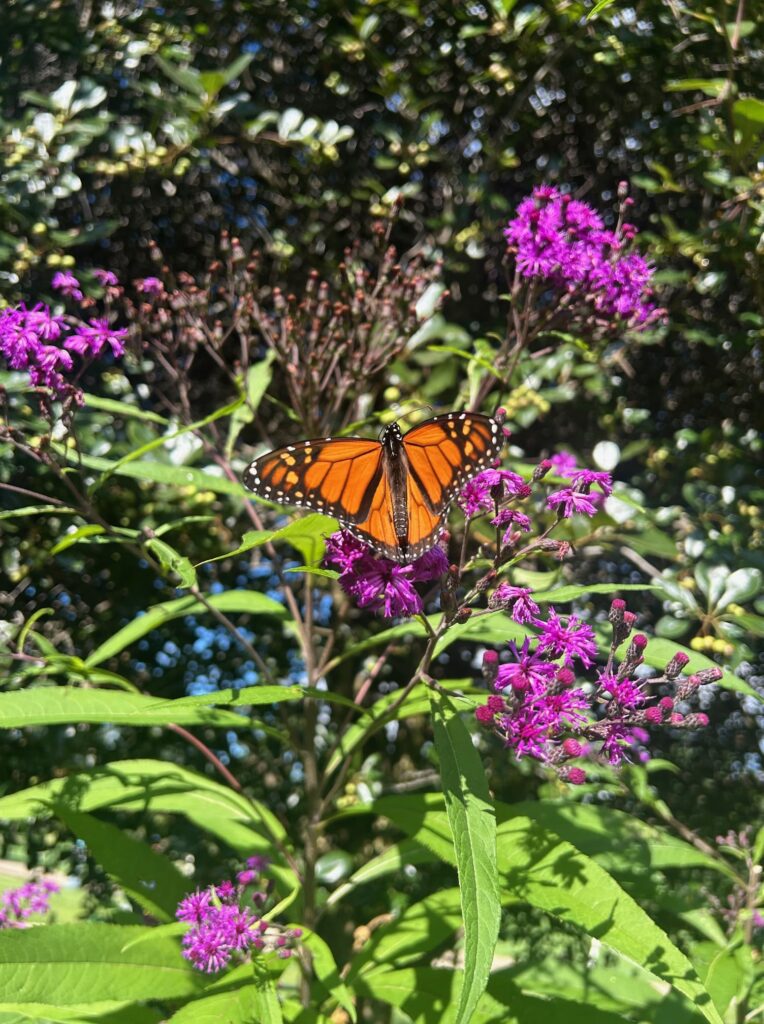THEY MAY BE MAN’S BEST FRIENDS, BUT THEY ARE ONE OF THE WORST ENEMIES OF WILDLIFE.
The controversy about the rising dog numbers has always been framed around the urban landscape. Dogs are valued as companions and scavengers of waste by their champions, while their critics see them as a civic nuisance and a public health problem. In the rural countryside, these domestic canines pose an additional hazard; they are a menace to wildlife. Freeloading on human-generated waste and largesse, they outnumber local fauna by many orders of magnitude.
India arguably has the highest dog population in the world; at the last count, in 2004, the number was estimated to be around 27 million. There are more dogs in our country than tigers, leopards, wolves, hyenas and all other wild predators put together. In the grasslands interspersed with agricultural fields of Nannaj in southern Maharashtra, Dr Abi Tamim Vanak studied the impact of dogs on a smaller wild canid, the fox.
When two similar species occupy the same area, competition between them is inevitable. Dogs use their larger body size to advantage. But not all dogs affect foxes the same way. There are three kinds of dogs in the area: ownerless dogs living off garbage in the villages, herding dogs that are out all day with livestock and return home for the night, and finally, semi-owned farm dogs. Although all of them roam free, it is the last category of dogs that is in regular, active contact with foxes. That’s because farm dogs live on the periphery of villages and are closer to grasslands, the home of foxes. Each homestead may have three to ten dogs, and across the farming landscape, there are about 24 dogs per square kilometre. Every night these packs roam the surrounding fields and grasslands when foxes are abroad, preventing them from foraging, even chasing and killing them. Dogs don’t always prey on foxes, sometimes losing all interest once the fox is dead.
Foxes eat rodents, insects, reptiles like saw-scaled vipers and fruits such as grapes; they don’t scavenge garbage or carcasses. So this is certainly not a case of dogs and foxes competing for food. Although grasslands are the primary habitat of foxes, they can also live in fallow agricultural fields where there are more rodents. However, the high risk of encountering dogs discourages foxes from using these fields. When dogs are around, foxes stop foraging and become watchful, ready to flee at the slightest hint of danger.
Dogs also come in contact with other wildlife. They chase blackbuck away from grazing sites, kill fawns unable to run fast enough, and pounce on helpless chicks of endangered ground-nesting birds like great Indian bustards. Every year, in the deserts of Jodhpur, a thousand cases of chinkaras that have been attacked and killed by dogs are recorded. These domestic canines are not predators alone; they are also prey animals, single-handedly sustaining populations of leopards in farmlands.

Dr Vanak reports that wild species comprise only 11 percent of a dog’s diet because people feed them and there is plenty of garbage. However, the cumulative impact of numerous dogs on wildlife can be devastating. In the nearby Great Indian Bustard Sanctuary, during a good breeding season, there are six fledglings. It only takes a couple of dogs to wipe out an entire year’s breeding effort.
If predation on wild species was not harmful enough, there is one other major problem that dogs pose-they transmit fatal diseases to wild canids which has serious consequences not just for the conservation of foxes but also public health. Dr Vanak tracked the incidence of canine distemper, canine parvovirus and rabies in the dog and fox populations of his study area. With veterinarian Dr Aniruddha Belsare, and the support of the Maharashtra State Forest Department, dog vaccination camps were held. Saliva swabs and blood samples from the dogs that were brought by villagers were tested for diseases before the animals were vaccinated. The results were startling: 93 percent of the dogs tested positive for canine parvo and distemper viruses. Most had survived an infection early in life and were now immune, while others were actively infected. Although they showed no symptoms then, two tested positive for rabies; the disease could manifest a week, a month or even a year later. During that time, the dogs’ saliva is rich with rabies virus, infecting other dogs and any wild fox that survives a bite. The children, who brought these two dogs, were no doubt playing with them, unaware of the serious medical dangers. It is no surprise that kids make up half the estimated 20,000 annual rabies deaths in India.
Death comes rapidly to foxes that contract these diseases, unlike dogs that can survive and develop immunity. Within one month of testing positive for canine distemper, five young and otherwise healthy foxes fell dead. The following year, there were no fatalities, which goes to show that the disease was not circulating among the wild canids. There are simply too few of them to sustain the germs, whereas the vast dog population is a reservoir of vectors. Similarly, in the hinterland beyond Nannaj, wolves have gone on biting sprees; a lot of them are suspected to have been made rabid by contact with dogs.
Over the nine years that the avian influenza (H5N1) threatened public health, millions of chickens and other domestic fowl were destroyed. Its human toll was just 329 people worldwide (an average of 36 people a year). More than 18,000 are estimated to have died from the H1N1 virus over 15 months around the world, and health professionals tackled it as a medical emergency; it is now being debated whether it was ever a pandemic. Yet, our response to a virus that kills 20,000 Indians every year is extremely inadequate. While we spend millions of rupees subsidising anti-rabies vaccines, we don’t have a policy to prevent the disease from occurring in the first place. Nor do we have a wildlife management plan to curtail dogs’ access to wild ecosystems.

The government’s current dog control policy is to vaccinate, sterilise and return them to their haunts. To be effective, more than 70% of the dogs in a population have to be sterilised within six months. Even urban centres do not have the capacity to handle such large numbers, and in rural areas, implementation is non-existent. While sterilising dogs may bring down their numbers over time, it does not prevent them from ranging over conservation areas around Nannaj and elsewhere in India. There is no doubt that the overpopulation of dogs in India has contributed to a tremendous amount of disruption and killing of wildlife.
Providing veterinary support to villagers to vaccinate and sterilise farm dogs is imperative. Educating villagers to restrict their pets’ free-ranging behavior and helping them set up hygienic disposal of waste food and garbage is just as crucial. It is impossible to vaccinate the large population of ownerless village dogs since it is not a one-time operation. Booster shots have to be administered periodically and with no one particular person responsible for a dog, keeping tabs on these animals is a logistical nightmare. Partial vaccination will only result in increasing dog numbers over time since they will develop immunity and diseases will no longer significantly control the population. There is no option but to remove these ownerless dogs. Unless the departments of health, animal welfare and wildlife come up with a comprehensive plan, we will continue to put our rural people and wildlife in danger.
This article was first published in FirstPost.
Photograph: Priyanka Singh






